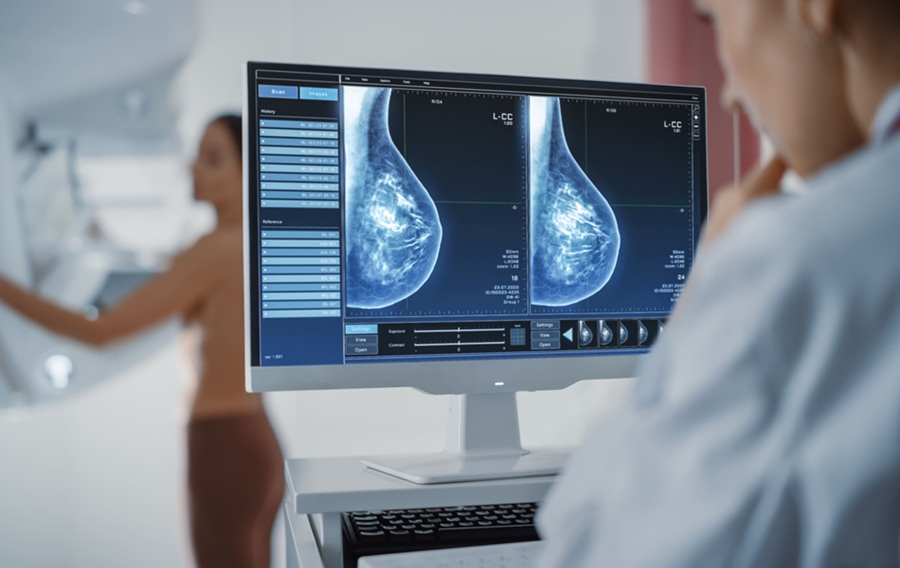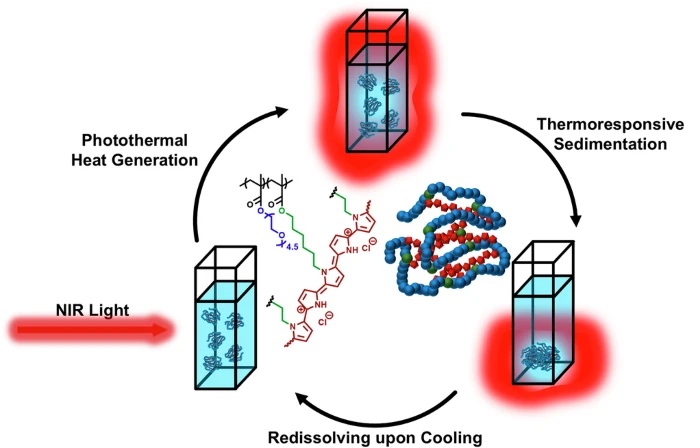Early MRI Helps Identify Takotsubo Cardiomyopathy
|
By MedImaging International staff writers Posted on 13 May 2021 |
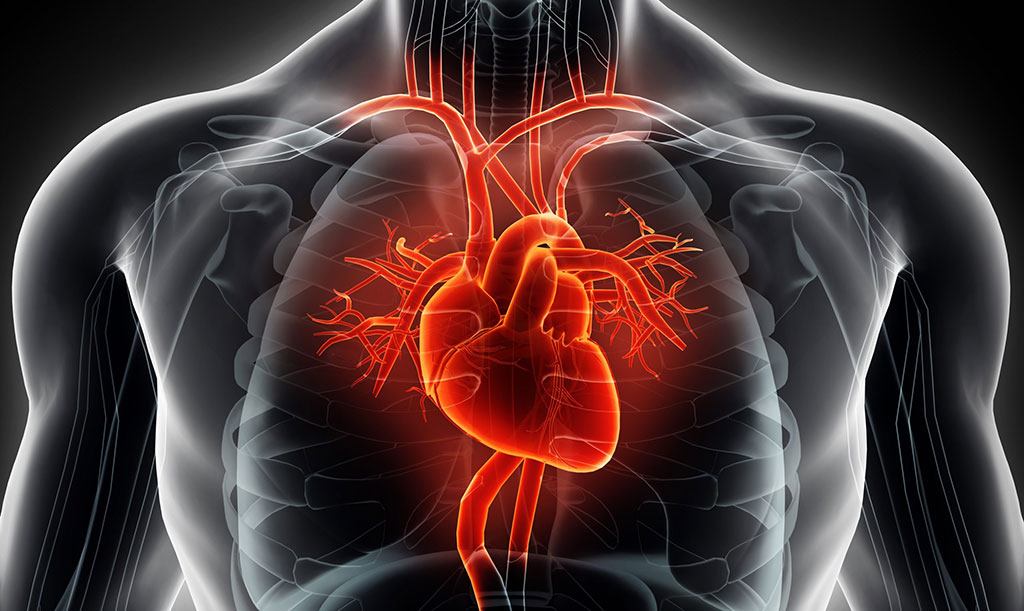
Image: Early CMR can help identify broken hearts (Photo courtesy of Getty Images)
A new study suggests that early cardiovascular magnetic resonance (CMR) imaging of the heart can greatly increase broken-heart syndrome diagnosis rates.
Researchers at Karolinska Institutet (Solna, Sweden), the Kolling Institute (Sydney, Australia), Karolinska University Hospital (Stockholm, Sweden), and other institutions conducted a prospective study involving 148 patients with myocardial infarction with non-obstructed coronary arteries (MINOCA) in order to determine if 1.5-T CMR imaging with T1 and extracellular volume mapping early after hospital admission could aid diagnosis; 150 patients with MINOCA imaged using 1.5-T CMR without mapping techniques served as historic controls.
The results showed that 77% of the patients imaged together with extracellular volume mapping could be given a diagnosis (35% of Takotsubo syndrome and 17% of myocardial inflammation), compared with 19% and 7% (respectively), in those imaged without mapping techniques. The early CMR imaging with extracellular volume mapping also detected significantly more wall motion abnormalities, edema, and late gadolinium enhancement, compared to those examined without mapping techniques. The study was published on April, 14, 2021, in JACC Cardiovascular Imaging.
“Around eighty to ninety per cent of broken-heart sufferers are women, and the disease is associated with mental stress,” said senior author Professor Per Tornvall, MD, PhD, of Karolinska Institutet. “There also seems to be a link to hypersensitivity towards stress caused by low oestrogen levels. Unfortunately, research on the investigation and treatment of myocardial infarction is often done on men, while female heart disease is less studied.”
Takotsubo syndrome occurs in response to physical or emotional distress and causes dysfunction or failure in the heart muscle. Patients typically experience symptoms similar to a heart attack, such as chest pain and shortness of breath, but usually do not have acutely blocked coronary arteries. The left ventricle of the heart, however, may show enlargement. Other symptoms include irregular heartbeat, fainting, low blood pressure, and cardiogenic shock. Patients generally recover in a matter of days or weeks, although the condition can occasionally cause major adverse cardiac and cerebrovascular events, and rarely can be fatal.
Related Links:
Karolinska Institutet
Kolling Institute
Karolinska University Hospital
Researchers at Karolinska Institutet (Solna, Sweden), the Kolling Institute (Sydney, Australia), Karolinska University Hospital (Stockholm, Sweden), and other institutions conducted a prospective study involving 148 patients with myocardial infarction with non-obstructed coronary arteries (MINOCA) in order to determine if 1.5-T CMR imaging with T1 and extracellular volume mapping early after hospital admission could aid diagnosis; 150 patients with MINOCA imaged using 1.5-T CMR without mapping techniques served as historic controls.
The results showed that 77% of the patients imaged together with extracellular volume mapping could be given a diagnosis (35% of Takotsubo syndrome and 17% of myocardial inflammation), compared with 19% and 7% (respectively), in those imaged without mapping techniques. The early CMR imaging with extracellular volume mapping also detected significantly more wall motion abnormalities, edema, and late gadolinium enhancement, compared to those examined without mapping techniques. The study was published on April, 14, 2021, in JACC Cardiovascular Imaging.
“Around eighty to ninety per cent of broken-heart sufferers are women, and the disease is associated with mental stress,” said senior author Professor Per Tornvall, MD, PhD, of Karolinska Institutet. “There also seems to be a link to hypersensitivity towards stress caused by low oestrogen levels. Unfortunately, research on the investigation and treatment of myocardial infarction is often done on men, while female heart disease is less studied.”
Takotsubo syndrome occurs in response to physical or emotional distress and causes dysfunction or failure in the heart muscle. Patients typically experience symptoms similar to a heart attack, such as chest pain and shortness of breath, but usually do not have acutely blocked coronary arteries. The left ventricle of the heart, however, may show enlargement. Other symptoms include irregular heartbeat, fainting, low blood pressure, and cardiogenic shock. Patients generally recover in a matter of days or weeks, although the condition can occasionally cause major adverse cardiac and cerebrovascular events, and rarely can be fatal.
Related Links:
Karolinska Institutet
Kolling Institute
Karolinska University Hospital
Latest MRI News
- Novel Imaging Approach to Improve Treatment for Spinal Cord Injuries
- AI-Assisted Model Enhances MRI Heart Scans
- AI Model Outperforms Doctors at Identifying Patients Most At-Risk of Cardiac Arrest
- New MRI Technique Reveals Hidden Heart Issues
- Shorter MRI Exam Effectively Detects Cancer in Dense Breasts
- MRI to Replace Painful Spinal Tap for Faster MS Diagnosis
- MRI Scans Can Identify Cardiovascular Disease Ten Years in Advance
- Simple Brain Scan Diagnoses Parkinson's Disease Years Before It Becomes Untreatable
- Cutting-Edge MRI Technology to Revolutionize Diagnosis of Common Heart Problem
- New MRI Technique Reveals True Heart Age to Prevent Attacks and Strokes
- AI Tool Predicts Relapse of Pediatric Brain Cancer from Brain MRI Scans
- AI Tool Tracks Effectiveness of Multiple Sclerosis Treatments Using Brain MRI Scans
- Ultra-Powerful MRI Scans Enable Life-Changing Surgery in Treatment-Resistant Epileptic Patients
- AI-Powered MRI Technology Improves Parkinson’s Diagnoses
- Biparametric MRI Combined with AI Enhances Detection of Clinically Significant Prostate Cancer
- First-Of-Its-Kind AI-Driven Brain Imaging Platform to Better Guide Stroke Treatment Options
Channels
Radiography
view channel
AI Detects Early Signs of Aging from Chest X-Rays
Chronological age does not always reflect how fast the body is truly aging, and current biological age tests often rely on DNA-based markers that may miss early organ-level decline. Detecting subtle, age-related... Read more
X-Ray Breakthrough Captures Three Image-Contrast Types in Single Shot
Detecting early-stage cancer or subtle changes deep inside tissues has long challenged conventional X-ray systems, which rely only on how structures absorb radiation. This limitation keeps many microstructural... Read moreUltrasound
view channel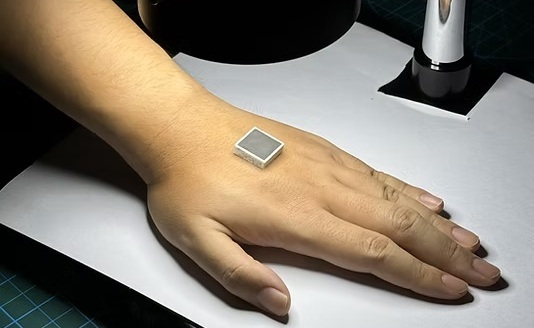
Wearable Ultrasound Imaging System to Enable Real-Time Disease Monitoring
Chronic conditions such as hypertension and heart failure require close monitoring, yet today’s ultrasound imaging is largely confined to hospitals and short, episodic scans. This reactive model limits... Read more
Ultrasound Technique Visualizes Deep Blood Vessels in 3D Without Contrast Agents
Producing clear 3D images of deep blood vessels has long been difficult without relying on contrast agents, CT scans, or MRI. Standard ultrasound typically provides only 2D cross-sections, limiting clinicians’... Read moreNuclear Medicine
view channel
PET Imaging of Inflammation Predicts Recovery and Guides Therapy After Heart Attack
Acute myocardial infarction can trigger lasting heart damage, yet clinicians still lack reliable tools to identify which patients will regain function and which may develop heart failure.... Read more
Radiotheranostic Approach Detects, Kills and Reprograms Aggressive Cancers
Aggressive cancers such as osteosarcoma and glioblastoma often resist standard therapies, thrive in hostile tumor environments, and recur despite surgery, radiation, or chemotherapy. These tumors also... Read more
New Imaging Solution Improves Survival for Patients with Recurring Prostate Cancer
Detecting recurrent prostate cancer remains one of the most difficult challenges in oncology, as standard imaging methods such as bone scans and CT scans often fail to accurately locate small or early-stage tumors.... Read moreGeneral/Advanced Imaging
view channel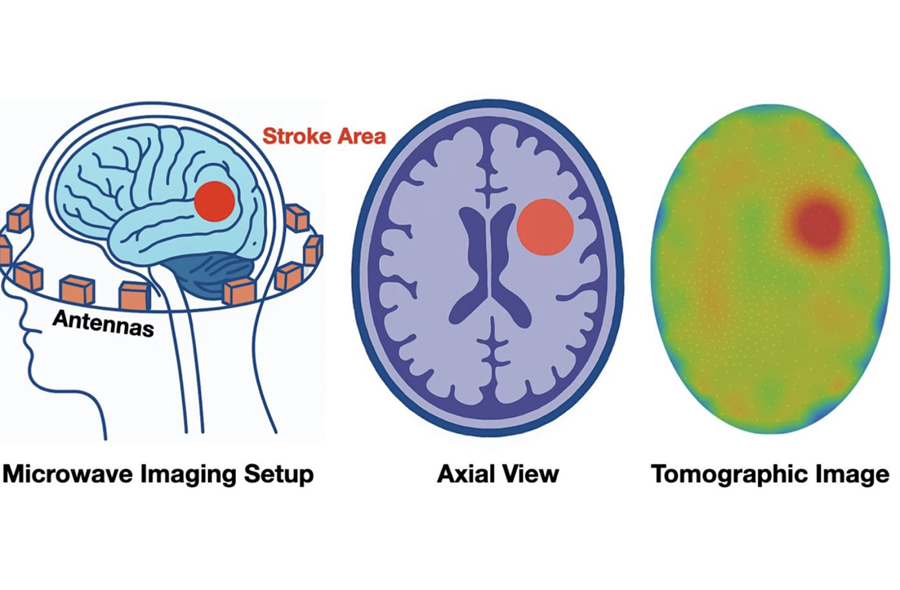
New Algorithm Dramatically Speeds Up Stroke Detection Scans
When patients arrive at emergency rooms with stroke symptoms, clinicians must rapidly determine whether the cause is a blood clot or a brain bleed, as treatment decisions depend on this distinction.... Read more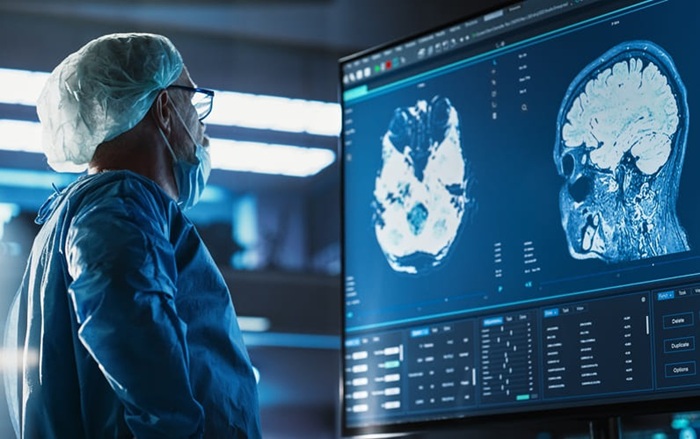
3D Scanning Approach Enables Ultra-Precise Brain Surgery
Precise navigation is critical in neurosurgery, yet even small alignment errors can affect outcomes when operating deep within the brain. A new 3D surface-scanning approach now provides a radiation-free... Read moreImaging IT
view channel
New Google Cloud Medical Imaging Suite Makes Imaging Healthcare Data More Accessible
Medical imaging is a critical tool used to diagnose patients, and there are billions of medical images scanned globally each year. Imaging data accounts for about 90% of all healthcare data1 and, until... Read more
Global AI in Medical Diagnostics Market to Be Driven by Demand for Image Recognition in Radiology
The global artificial intelligence (AI) in medical diagnostics market is expanding with early disease detection being one of its key applications and image recognition becoming a compelling consumer proposition... Read moreIndustry News
view channel
GE HealthCare and NVIDIA Collaboration to Reimagine Diagnostic Imaging
GE HealthCare (Chicago, IL, USA) has entered into a collaboration with NVIDIA (Santa Clara, CA, USA), expanding the existing relationship between the two companies to focus on pioneering innovation in... Read more
Patient-Specific 3D-Printed Phantoms Transform CT Imaging
New research has highlighted how anatomically precise, patient-specific 3D-printed phantoms are proving to be scalable, cost-effective, and efficient tools in the development of new CT scan algorithms... Read more
Siemens and Sectra Collaborate on Enhancing Radiology Workflows
Siemens Healthineers (Forchheim, Germany) and Sectra (Linköping, Sweden) have entered into a collaboration aimed at enhancing radiologists' diagnostic capabilities and, in turn, improving patient care... Read more













